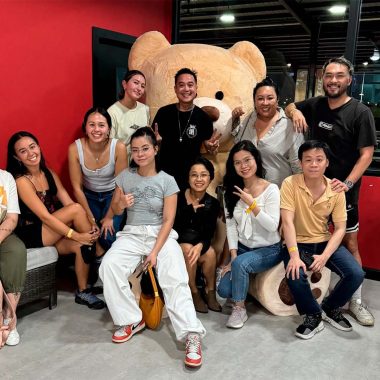Most nonprofits are stuck running the same fundraising playbook they’ve used for years, while commercial organizations sprint ahead with new technology. Jennifer Ybarra, who spent time at Meta working with nonprofits of all sizes, believes this gap doesn’t have to exist anymore. She’s developed workshops that help organizations experiment with AI during their most critical fundraising periods.
Breaking Nonprofit Resistance to Change
Ybarra doesn’t mince words when it comes to nonprofit resistance to change. “There’s no excuse now for nonprofits not to play the same game that everybody else is playing,” she says. “I think AI gives us the opportunity and helps us level the playing ground in that space.” She sees two main problems holding organizations back. “I think there is a design thinking challenge, and then I think there is a mindset challenge,” Ybarra explains. Many nonprofit leaders simply weren’t trained as marketers, yet they’re expected to master complex fundraising campaigns. On top of that, they’re often trapped by their own success stories. “They’re thinking, oh, that gala worked for me. I know it’s going to make my money. I don’t want to try and fix what’s not broken,” she notes. “So they will continue to use the same resources and burn out over time versus experimenting with something new while keeping the lights on with business as usual.”
Taking Small Steps Toward Change
Rather than demanding wholesale transformation, Ybarra advocates for what she calls “prove small first” approach. “Maybe it’s not, hey, I need to re-automate the whole team and figure out how to do all these back-end processes. Maybe it’s just one small pain-point priority that you experiment with first,” she suggests. With Jen’s tenure hosting fundraising workshops with #GivingTuesday.org and Meta Social Impact teams, she’s led many Giving Season workshops focused on how to guide orgs seamlessly through some of their biggest fundraising challenges using digital transformation and innovation to accelerate their impact. Organizations might have “an old donor list that they’re trying to reignite” or find themselves thinking “I don’t have people to build the content that I need to put out.” Instead of tackling everything at once, she encourages starting where the pain point hurts the most and testing AI solutions there. The process she recommends is straightforward: “Rethink, Test, Review – pick one task and rethink how to approach it with AI, test implementation using one or two low lift AI tools, ensure human review and brand and mission alignment and see if it works to relieve some of your teams biggest pain points.” But there’s a crucial caveat. “We can’t just trust AI. We have to have a human approach implementing critical thinking skills and strong review process or you fall into the trap of cliche AI tone and voice,” Ybarra emphasizes.
When it comes to practical implementation, she has specific recommendations. For organizations dealing with stagnant email lists, she suggests starting with 3 simple tools by “going to Perplexity to help research using data and insights from previous campaigns, giving content of what worked and didn’t work, and assigning Perplexity the data analyst role to help identify areas where the org can re-engage this list. Then use ChatGPT or Claude to take those recommendations and rethink and re-strategize ways to reinvigorate this list.” She’s quick to point out that success isn’t automatic. “Is ChatGPT or Claude going to give you all the right answers right out of the gate? No. I’ve put together a cheat sheet of pro prompts, exactly how you can ask in order to get the right questions.” Half the challenge, she says, is learning to prompt effectively as well as knowing what you are asking for. For content creation, Claude works well for drafts and rewrites with “that human approach,” while Perplexity helps find current sources and data. Canva’s AI Magic can generate campaign graphics based on previous successful materials.
Maintaining Human Oversight in AI
Despite AI’s capabilities, Ybarra insists on human oversight at every step. “I always have the human-review process,” she says. Her checklist covers respect for privacy and data, truth and accuracy, dignity and equity. She also checks that “the tone and voice is on brand and maintains human authenticity, not ChatGPT cliches.” This approach helps organizations maintain their authentic voice while leveraging AI’s efficiency. The goal isn’t to replace human connection but to free up time for more meaningful donor relationship stategies.
In addition to the tactical use of AI, building organizational buy-in for AI is critical and happens through small wins. “Once you can create the narrative around the vision or opportunity using AI and you can prove it with little wins that signal growth over time, then you have reasons for the team to believe that larger investments will pay off. Prove small for small wins with big impact” Ybarra explains. Her message to nonprofits is clear: start small, test carefully, but start now. The tools exist to level the playing field, and organizations that wait too long risk falling further behind.
Connect with Jennifer Ybarra on LinkedIn to explore practical AI strategies for nonprofits.








